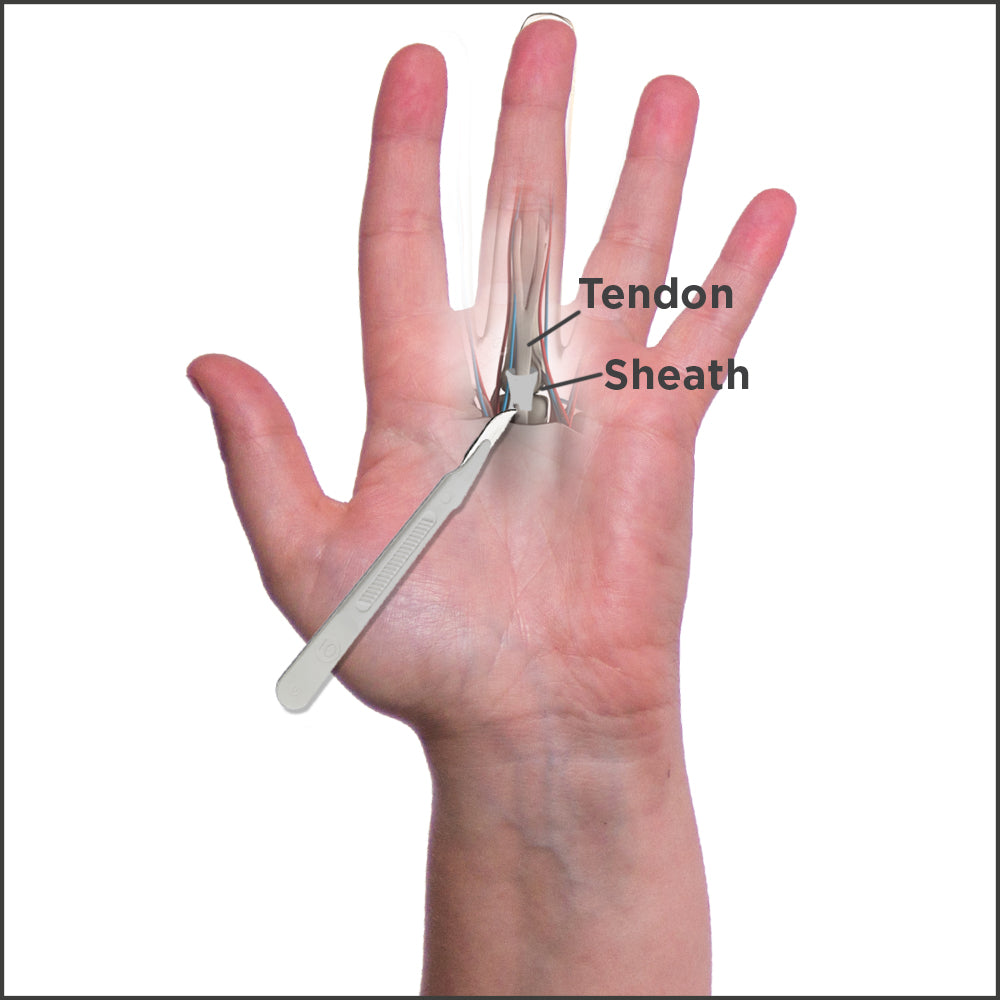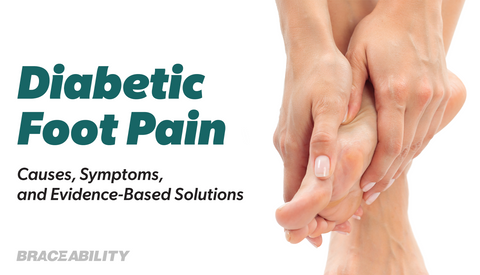Trigger Thumb Surgery Options
The vast majority of trigger thumb cases can be treated via conservative modes of treatment such as splinting, icing and resting the injured thumb, taking non-steroidal anti-inflammatory medications and engaging in trigger thumb exercises. If these fail, one might also try a steroid injection into the thumb to remedy the condition.
But sometimes, all these methods fail and the alternative is trigger thumb surgery.
Surgery for Trigger Thumb: Pros and Cons
Even when it comes to surgery for trigger thumb, there are options as to how invasive the surgical method of curing trigger thumb is. The more invasive trigger thumb release surgery involves the clinician making an incision in the hand so that he or she can “release” or slice the A1 pulley through which the tendon of the thumb is having so much trouble passing.
The advantage of this mode of treatment is that the doctor has a visual of the tendon sheath he or she plans to cut. Watch a trigger thumb surgery video to gain a better understanding of what this entails.
 Another trigger finger or trigger thumb surgery option is what is known as a percutaneous release. For this procedure, the doctor uses a needle to release the tendon without making an incision to the hand. The downside is that the doctor has no view of the internal structure of the hand. Theoretically, this could increase the risk the professional will cut something by accident—namely the digital nerve—though professionals do have a wide variety of tools and research at their disposal for getting the procedure right. Watch a video of percutaneous trigger finger release.
Another trigger finger or trigger thumb surgery option is what is known as a percutaneous release. For this procedure, the doctor uses a needle to release the tendon without making an incision to the hand. The downside is that the doctor has no view of the internal structure of the hand. Theoretically, this could increase the risk the professional will cut something by accident—namely the digital nerve—though professionals do have a wide variety of tools and research at their disposal for getting the procedure right. Watch a video of percutaneous trigger finger release.
On the plus side, this procedure has a shorter trigger thumb surgery recovery time than the open surgery, which typically takes four to six weeks to get fully back to normal.
Percutaneous trigger thumb orthopedic surgery can also be done outside of a surgery room, saving some expense. Both types of surgery can be done simply with a local or regional anesthesia and on an outpatient basis, again, cutting down on the cost of trigger thumb surgery.










